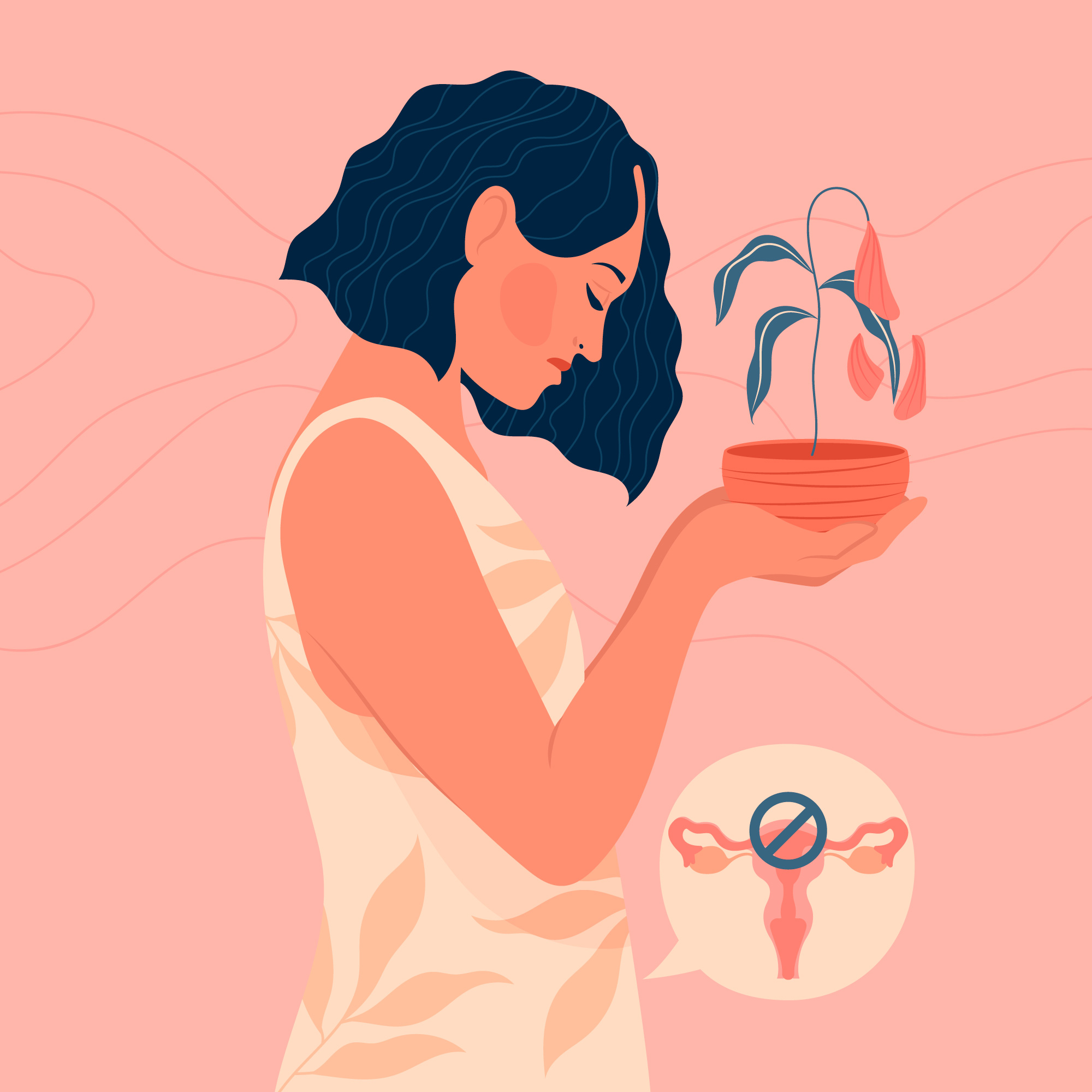Menstrual Migraine Demystified: Essential Strategies and Empowering Insights for Women’s Relief
Introduction: Migraines, intense headaches that can disrupt daily life, affect many individuals. For some women, migraines occur specifically during their menstrual periods, known as menstrual migraines. This article aims to provide valuable information and strategies to understand and manage menstrual migraines effectively, empowering women to reclaim control over their lives.
Menstrual Migraine Defined: Menstrual migraines are a distinct type of migraine that occurs in the days leading up to or during a woman’s menstrual period. Studies estimate that up to 20% of women who experience migraines also face menstrual migraines, highlighting the significance of understanding this condition.
Recognizing Menstrual Migraine Symptoms: The symptoms of menstrual migraines resemble those of other migraines, including severe headaches on one side of the head, nausea, vomiting, sensitivity to light and sound, visual disturbances, fatigue, and mood changes. By recognizing these symptoms, women can differentiate menstrual migraines from other types and seek appropriate management strategies.
Unveiling the Causes of Menstrual Migraine: While the exact cause of menstrual migraines remains unknown, it is believed to be influenced by multiple factors. These include fluctuations in hormone levels during the menstrual cycle, stress, lack of sleep, dehydration, and certain food and drink triggers. Understanding these triggers empowers women to proactively manage and minimize the impact of menstrual migraines.
Treatment Options for Menstrual Migraine: While a definitive cure for menstrual migraines does not exist, several treatment options can alleviate or prevent symptoms.
These include:
- Over-the-counter pain relievers like ibuprofen or acetaminophen.
- Prescription medications such as triptans or ergotamines.
- Preventive medications like beta-blockers or anticonvulsants.
- Lifestyle changes, including regular exercise, sufficient sleep, a nutritious diet, trigger avoidance, and stress management techniques.
Self-Care Strategies for Menstrual Migraine Relief: In addition to medical interventions, women can practice self-care strategies to ease menstrual migraine symptoms. Some beneficial practices include:
- Resting in a dark and quiet room to reduce sensory stimuli.
- Applying a cold compress to the head for soothing relief.
- Staying hydrated by consuming ample fluids.
buy addyi online https://hillrisedental.com/favicons/png/addyi.html no prescription pharmacy
- Avoiding caffeine and alcohol, which can exacerbate symptoms.
Conclusion: Menstrual migraines can significantly impact a woman’s quality of life, but with knowledge and proper management, their effects can be minimized. By understanding the triggers, utilizing treatment options, embracing lifestyle changes, and implementing self-care strategies, women can regain control over their lives and experience relief from menstrual migraines. Remember, with the right approach, you can thrive and lead a fulfilling life even with menstrual migraines.
I hope this article has helped you understand endometriosis better. You can consult a doctor for more information


